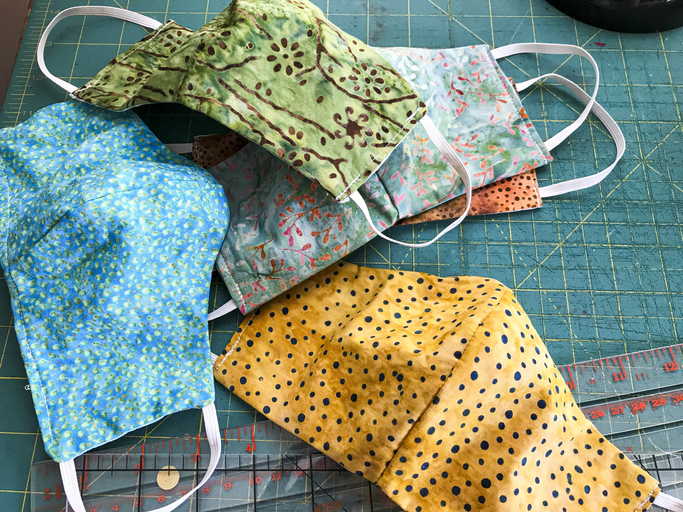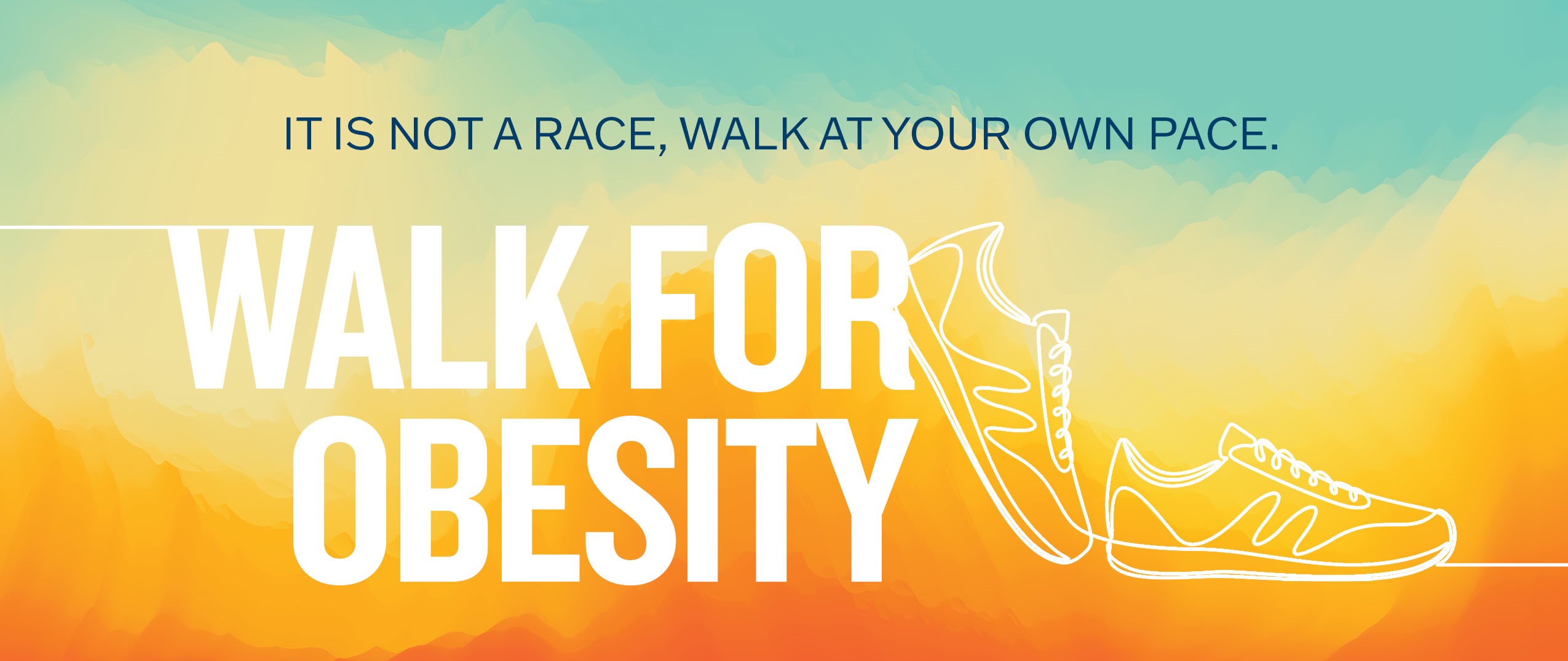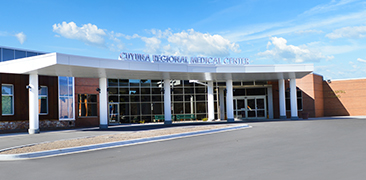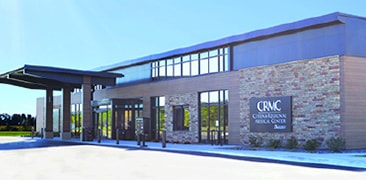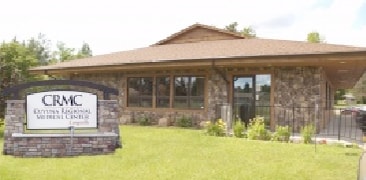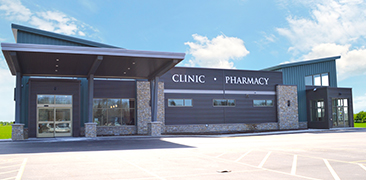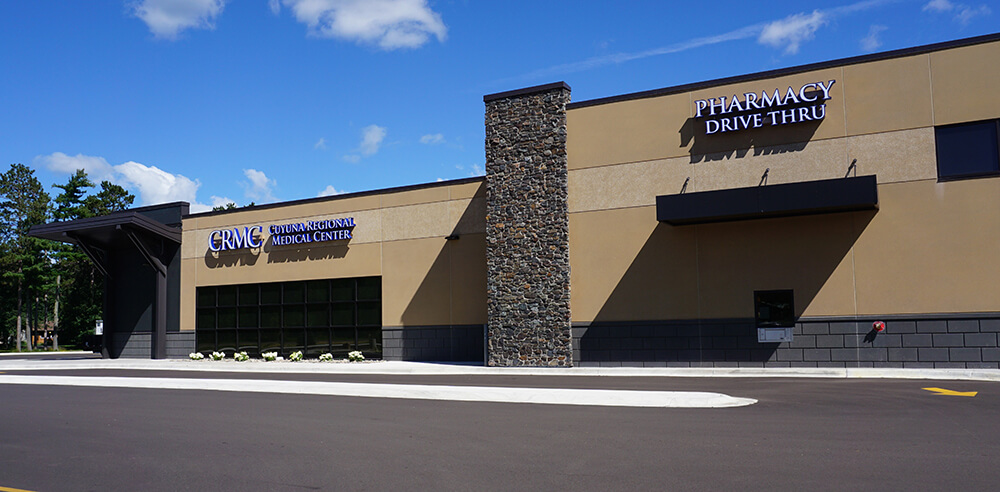
A Menopause Center for Healthy Aging at Cuyuna Regional Medical Center is providing services for an often underserved segment of the population.
For women who are experiencing menopausal symptoms that can deeply affect their quality of life, menopause can be anything but a joke or something to push aside and get over.
Dr. Rachel Cady has been working in obstetrics and gynecology in the Brainerd lakes area for 15 years. With the population aging, Cady became a certified menopause practitioner, a certification she notes that is not common even with the number of women who may need those services.
“Menopausal women are the fastest growing segment of the population,” Cady said.
But menopause and perimenopause — meaning its near — is getting more attention from numerous fronts, including women with platforms to draw attention to the issues like actress Gwyneth Paltro in a Goop video. The symptoms and concerns of aging are more expected from AARP but those stories are also features with the New York Times.
Symptoms cover a lot of ground from heart health, bone health, sleep issues, sexual problems, vaginal pain, hot flashes, mood changes, health care maintenance, incontinence and weight management, among others.
Symptoms can be light, moderate or debilitating depending on the individual. Even with the sheer demographics of the population and the number of women and aging women, it wasn’t a major medical focus previously.
“This segment of the population has been woefully neglected,” Cady said, adding practitioners really had to take it upon themselves to undergo extra training.
“Interestingly, that is not part of training and OB/GYN residencies and that actually includes other primary care residencies as well,” Cady said. “… So it’s kind of become its own subspeciality and that’s just not part of our training.”
The North American Menopause Society is a professional organization for menopause medicine and care, which Cady said was like the American Medical Association as a broad umbrella with specialities within.
Cady said along with other clinicians she was realizing it’s an increasing area of her practice that she wanted to take better care of, which led to getting the certification.
“I want to take it upon myself to do a better job with these patients,” Cady said. She said she sees the service as a growing need in the community and when she took that on she didn’t see another practitioner who was certified north of the Twin Cities, although she said that later grew to include one in Duluth.
In 2018, a New York Times article noted while a lot of time goes into preparing teenagers for puberty, there was a much less defined roadmap for women in their 40s who are facing perimenopause, leaving women to wonder “in silent shame at the intensity and seeming endlessness of the changes.”
Some of the changes include a metabolism rate going to go down by 25%, painful sex and loss of sleep quality.
Cady said for some women it’s not a big thing. She uses the analogy of childbirth.
“There is a huge variety of symptoms that people have and there is a lot of embarassment of bringing it up — like painful sex,” Cady said.
Some women think there is a problem with them. Cady said bringing the issue up with regular medical visits can be a real opportunity as menopause is often a time of life where women are reentering the health care system. She added women are there when having children but their own health care visits can fall by the wayside until they are aging and have issues like high blood pressure. Doing a consultation, Cady said preplanning medical visits to note anything a patient may need for labs or services, whether that is primary care, bone scans, mammograms or other items, in one appointment is a way to make visits that can work with a busy schedule.
Cady noted the Menopause and Healthy Aging Center is a service line which is part of the clinic
so patients have that opportunity for an all encompassing consultation with a focus on the experience, down to utilizing warm blankets and providing menopause information both online and during the visit.
There are also quarterly Menopause Mayhem events in the Brainerd lakes area with waiting lists on Facebook every time, Cady said. The events, she noted, have attracted at least 100 people with speakers, and related specialities for weight loss and the sleep center. The next free event is March 26.
“I think there is just a real hunger for just wanting to know what is normal and what isn’t,” Cady said. “... All menopausal women are going to experience something, up to about 80 percent of women experience symptomatic vaginal dryness,” which impacts intimacy and is also treatable. Cady said 1 in 8 will experience osteoporosis and about 80% experience hot flashes to some degree. On the extreme end hot flashes can disrupt sleep and leave women exhausted and mentally drained. About 30% of women experience urinary incontinence and about one-third of women experience some sort of pelvic organ prolapse. Of those about 10% experience bowel incontinence.
“So it really is kind of wide ranging, but for a lot of people — maybe they don’t have those and are functioning — but don’t know why those things are happening, if there is something wrong with them and what they should be doing.
“We know that statistically this is the age that a lot of women are in the sandwich generation, so depression and anxiety really peak at this time. They are taking care of aging parents and kids and they are still working and they are not up to par and they are gaining weight and they don’t know why,” Cady said. “It’s not a one size fits all. ...
“The point is this is the fastest growing segment of the population, but there’s hardly any menopausal practitioners so women are getting bombarded with a lot of misinformation.”
For women, hot flashes alone can be an issue. Imagine trying to work with peers and facing a temperature control issue that can mean sweating through your clothes. Those issues with hot flashes can go on five to seven years or longer.
“For a lot of people it isn’t really very funny,” Cady said.
Menopause clinicians are predominately OB/GYN but Cady said some are pharmacists, family practice physicians so it is a multi-disciplinary consult.
Cady said there are resources and care options for women but there is still work to do. Fifty percent of women have issues with low libido. The Federal Drug Administration has two approved medications for that issue. For men, there are more than 30 approved medications.
That is changing, Cady said, noting women of that age are not only the fastest growing segment of the population, but the average woman is living into her mid 80s.
